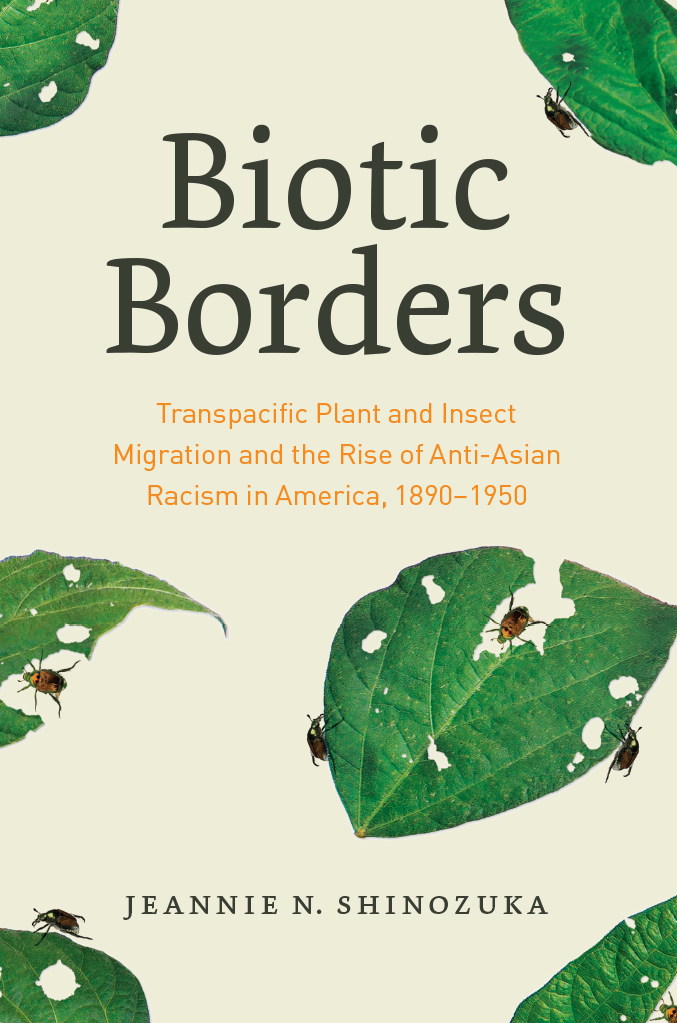
Biotic Borders
Biotic Borders:
Transpacific Plant and Insect Migration and the Rise of Anti-Asian Racism in America, 18901950
JEANNIE N. SHINOZUKA
The University of Chicago Press
CHICAGO & LONDON
PUBLICATION OF THIS BOOK HAS BEEN AIDED BY A GRANT FROM THE BEVINGTON FUND
The University of Chicago Press, Chicago 60637
The University of Chicago Press, Ltd., London
2022 by The University of Chicago
All rights reserved. No part of this book may be used or reproduced in any manner whatsoever without written permission, except in the case of brief quotations in critical articles and reviews. For more information, contact the University of Chicago Press, 1427 E. 60th St., Chicago, IL 60637.
Published 2022
Printed in the United States of America
31 30 29 28 27 26 25 24 23 22 1 2 3 4 5
ISBN-13: 978-0-226-81729-3 (cloth)
ISBN-13: 978-0-226-81733-0 (paper)
ISBN-13: 978-0-226-81730-9 (e-book)
DOI: https://doi.org/10.7208/chicago/9780226817309.001.0001
Library of Congress Cataloging-in-Publication Data
Names: Shinozuka, Jeannie Natsuko, author.
Title: Biotic borders : transpacific plant and insect migration and the rise of anti-Asian racism in America, 18901950 / Jeannie N. Shinozuka.
Description: Chicago : University of Chicago Press, 2022. | Includes bibliographical references and index.
Identifiers: LCCN 2021038781 | ISBN 9780226817293 (cloth) | ISBN 9780226817330 (paperback) | ISBN 9780226817309 (ebook)
Subjects: LCSH: Introduced organismsSocial aspectsUnited States. | Racism against AsiansUnited States.
Classification: LCC QH353 .S543 2022 | DDC 577/.18dc23
LC record available at https://lccn.loc.gov/2021038781
 This paper meets the requirements of ANSI/NISO Z39.48-1992 (Permanence of Paper).
This paper meets the requirements of ANSI/NISO Z39.48-1992 (Permanence of Paper).
Contents
Plant and Insect Immigrants
In a letter dated January 19, 1910, Charles Marlatt, then the Assistant Chief in the United States Department of Agriculture Division of Entomology, wrote a report to the Secretary of Agriculture on the injurious insect pests that he found on the cherry trees sent by the Japanese government. Marlatt claimed that during his week-long investigation he had discovered, among other injurious insects and deadly diseases, Chinese diaspis (Diaspis pentagona), San Jos scale, root gall worm, and the Lepidopterous larva. More dangerous than the common peach borer, he declared the wood-boring Lepidopterous larva to be the most dangerous insect pest:
Twenty percent of the trees are visibly infested with this insect, but it is impossible to tell how many of the others are also infested, since discovery is only possible in the latter stages when the insect has burrowed to the surface.... The presence of the borer referred to, together with the six other insects, without other consideration warrants the recommendation which Doctor [Leland] Howard makes and in which I concur, that the entire shipment should be destroyed by burning as soon as possible....
Marlatts alarm about the danger of the wood-boring Lepidopterous larva to fruit trees alludes to the possible danger hidden within the beautiful exterior of the Japanese cherry trees. Even as a spectacular exotic, the cherry tree embodied a yellow peril hidden within alluring packaging.
J. G. Sanders, one of the inspectors of the cherry trees shipped in 1910, urged a complete embargo on foreign plants because they posed unknown dangers that could easily be unleashed when released outside of their original environment. Sanders believed that such unknown dangers lurk in every shipment of plants to America. Focusing on insect, plant, and human migrants from Japan indicates the central role of an emerging enemy alien in shaping Americas ecological and medical borders. Deadly disease outbreaks, such as chestnut bark disease and citrus canker, only added to the evidence that a federal quarantine against East Asian shipments was necessary.
Based upon the recommendation of President William Howard Tafts experts, and especially that of Marlatt, the first batch of Japanese cherry trees were burned on January 28, 1910, on the Washington Monument grounds. Despite Marlatts characterization of this incident as an apolitical scientific necessity, the New York Times pointed out, we have been importing ornamental plants from Japan for years, and by the shipload, and it is remarkable that this particular invoice should have contained any new infections. As nonhuman but biological actors, the assimilation of Japanese cherry trees on the one hand, and the demonization of (Asian) San Jos scale on the other, redefined what it meant to be an alien and assimilated immigrant both in the natural and the human sense. US government officers eyed the foreign Japanese cherry trees with suspicion, initially viewing them as foreign, just as they policed Japanese immigrants working in agriculture. Nurseries and plant explorers such as David Fairchild helped facilitate acceptance of the trees as an integral part of the American landscape. Yet along with these desirable imports came injurious and highly fecund insects such as San Jos scale and the Japanese beetle.
Biotic Borders spans over half a century in order to understand how race and species jointly constituted one another in both the human and the more-than-human worlds. In intervening in anthropocentric narratives, this book places Japanese plant, insect, and human immigration as central to the establishment of empire and government agencies, including the United States Department of Agriculture, the Bureau of Plant Industry, the Bureau of Entomology, land-grant universities that led to studies of agriculture, and the creation of the nations most prominent botanical gardens. These entomologists and other scientists who worked at these institutions targeted introductions from Japan in order to consolidate their authority over the environment.
Today, scholars continue to debate the larger implications of biodiversity in a time of great environmental upheaval. For example, the ecologist Daniel Simberloff contends that most conservationists and invasion biologists attempt to bring attention to introduced species tangible economic and ecological impact. Asian chestnut blight, according to Simberloff, wiped out entire communities in the eastern half of North America. Within fifty years of its discovery, chestnut blight has killed almost every single mature chestnut. While the species is not yet extinct, the bark disease has prevented American chestnuts from reaching maturity, making the majority of these trees functionally extinct and incapable of reproduction.
Indeed, perceptions of Japanese immigrants as economically exploitative and as monopoly capitalists were part and parcel of debates about the costly effects of chestnut blight and the alien takeover of various agricultural sectors. The devastation of such an emblematic tree not only almost completely destroyed an important natural resource and radically altered the environment; it also blighted a national identity just when American consciousness of the end of the frontier and the implications of limited resources heightened. Today, such anxieties can also resurface in an era of intensifying globalization, global pandemics, concerns of conservation and preservation, xenophobia, climate change, and fears of biological terrorism.
The Roots of Biological Nativism
The mass migration of Japanese plant and insect immigrants by the late nineteenth century coincided with the formation of new racial categories and landscapes, the hardening of biotic borders, and dramatic changes in agricultural practices, ushering in a new era of biotic exchanges that altered not only the lives of Japanese people in America, but American society at large. Moreover, these biotic exchanges affected the daily lives of Japanese Americans in ways previous scholars overlook. They entered various sectors of agriculture in large numbers precisely because they faced barriers in almost every occupation except those tied to the land. Even as government officers sought to control Japanese plant and insect migration and the very lives of Japanese Americans, Japanese immigrants responded by taking legal action, forming associations, and carving out a living in various sectors of agriculture. Agrarianism formed the basis for racial formationsthat is, agrarianism fundamentally shaped the origins of race, its transformation/reconceptualization, and its reconstitutionand in particular, an emergent biological nativism that facilitated American empire-building. Agrarianism not only structured the way in which racisms emerged in early modern America, but also formed the bedrock upon which we understand race into the present day.
Next page
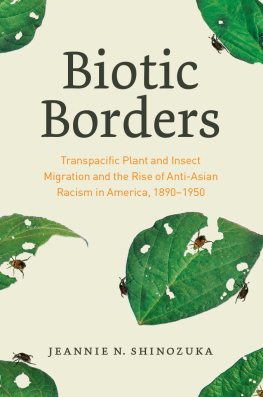

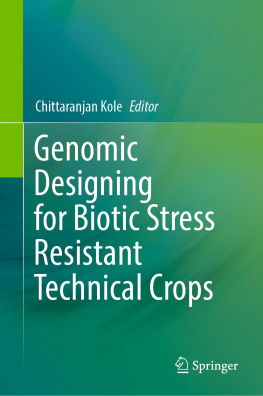
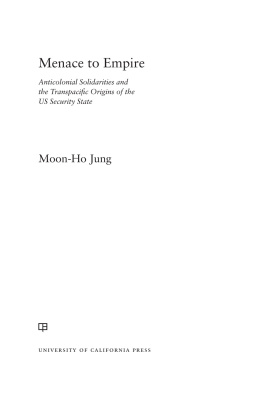
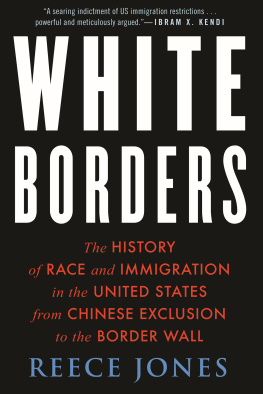

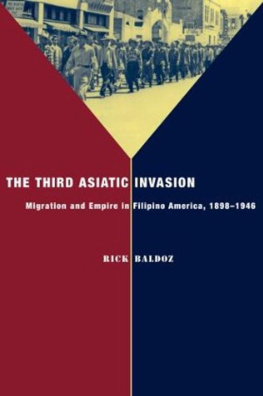
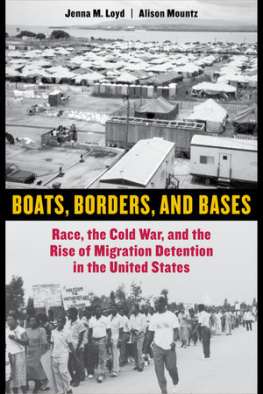
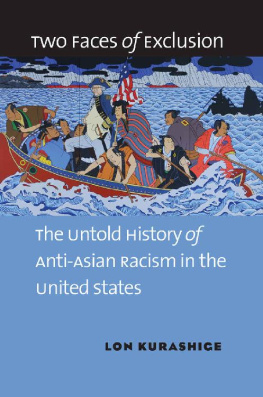


 This paper meets the requirements of ANSI/NISO Z39.48-1992 (Permanence of Paper).
This paper meets the requirements of ANSI/NISO Z39.48-1992 (Permanence of Paper).